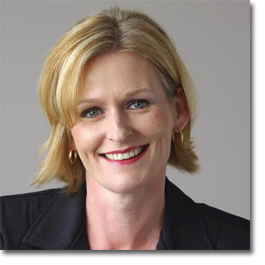The world’s working-age population is set for a slowdown — here’s what that could mean for the global economy
Gina Heeb, Business Insider
Economists predict global population growth will slow over the next few decades.Some think that could translate to a fall in worldwide output. But others have argued that automation will be able to offset a declining workforce.
________________________________________
Economists predict workforce growth around the world is set for a slowdown, and some worry about what that could mean for the global economy.
“Slowing population growth and population aging will weigh heavily on economic growth in the coming decade or two,” Andrew Kenningham, chief global economist at Capital Economics, wrote in a recent note to clients. “These forces will be only partly offset by increased participation in the workforce by women and older people.”
Overall world population is projected to grow over the next several decades, according to the United Nations, but at a slower rate. Officials expect the overall population growth rate to average 0.8% by 2050, compared to between 1% and 2% in recent decades.
Perhaps most troubling for economists, the working-age population could see an even sharper and faster slowdown, with the growth rate shedding about 0.4% before 2030.
And that trend looks poised to continue into the long run. Analysts predict the number of people 65 or older in the world will double by 2050, while the number of those under 15 years old falls by about 8%.
That could translate almost directly to a slowdown in global economic growth, according to analysis by Capital Economics. And a 0.4% decline could be significant, since world gross domestic product growth has averaged around 3.5% over the past two decades.
“A reduction in the rate of growth of the working-age population is unavoidable and is a key reason to expect global economic growth, which has been sluggish in the past decade, to remain weak,” Kenningham wrote.
Slower global growth wouldn’t matter as much if GDP per capita held at or above current levels. But Kenningham said that since the working-age population is falling, there will be more pressure on per capita GDP than aggregate output.
Not everyone agrees that changing demographics will significantly impact global growth. The American Economic Association last year published a study, authored by Daron Acemoglu of MIT and Pascual Restrepo of Boston University, arguing that robotics and artificial intelligence have the power to offset the negative effects of workers aging out of the labor force.
Acemoglu and Restrepo write that since the early 1990s and 2000s, the periods commonly viewed as the beginning of the adverse effects of aging in much of the advanced world, there was no negative association between an aging population and lower GDP per capita.
And in a more recent study, Acemoglu and Restrepo claim that changing demographics are major driving forces behind the development and use of automation.
“Countries and US labor markets undergoing more major demographic change have invested significantly more in new robotic and other automation technologies,” they write.
But trading in workers for robots comes with major costs, according to Kenningham, mostly by increasing global wealth disparities.
“The spread of robots and use of artificial intelligence will continue to reduce the demand for unskilled labour and could lead to an increase in inequality even if demographic pressures are pushing in the opposite direction,” he said.
https://ca.yahoo.com/finance/news/world-apos-working-age-population-180400215.html
Cheers,
Comments are closed.










